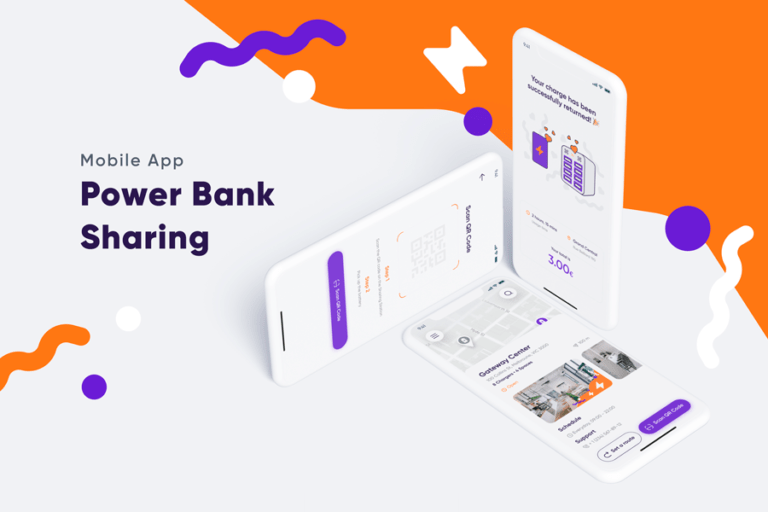Month: February 2022
How to Build a Power Bank Sharing App: Must-Have Features and Cost
Power bank sharing market
In the modern world, where people value ownership less than they used to, the sharing economy is becoming stronger each year. People share their houses, clothes, cars, scooters, furniture, and much more.
According to PwC, the sharing economy is projected to grow to $335 billion by 2025, with globalization and urbanization being the most important drivers of this growth. They’re also the biggest drivers of the popularity and growth of the power bank sharing market.
According to Chinese research company iResearch, in 2018, the power bank rental industry grew by 140%. In 2020, growth slowed due to the COVID-19 pandemic, but the industry is still expected to grow by 50% to 80% in the coming years.
Power banks have become a great item for sharing: startups place stations around a city and cash in on the anxiety everyone has when their battery starts dying in the middle of the day. Power bank rental business is useful for travelers who need Google Maps and for workers who have to take care of tasks around the city and need to charge on the go.
Currently, China is the biggest power bank sharing market in the world, with over 150 million users in 2019 according to a report by Trustdata. North America also has a large market that’s expected to grow. Other countries like Indonesia, Singapore, Malaysia and countries in Europe also experience a power bank sharing boom. Large cities like Hong Kong and Dubai often have several competing power bank sharing businesses.
The global power bank market was valued at $8.8 billion in 2019, and through 2027, it’s projected to grow at a CAGR of 18.4%.
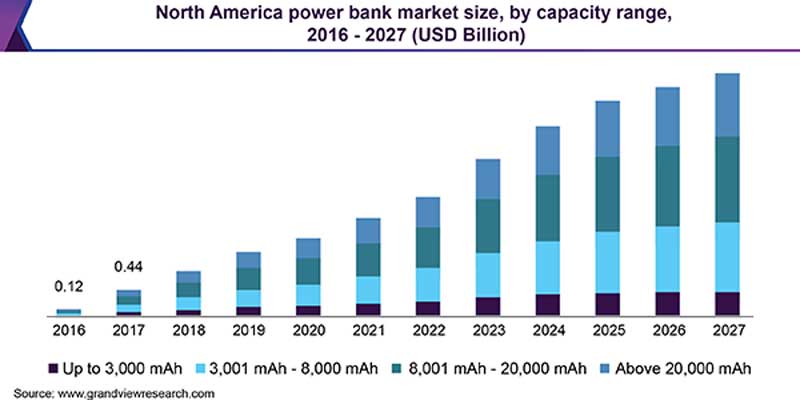
This type of startup is relatively easy to set up, fund, and launch: it doesn’t require as much investment as, say, a car sharing service, and it’s easier and cheaper to maintain.
In this article, I’ll tell you about all the ins and outs of a power bank sharing business. You’ll find out what you need to start one, how much a custom application may cost, and how to launch your own startup.
How power bank sharing works
This type of business allows users to rent power banks at stations. Rental stations are usually placed in popular locations:
- Restaurants
- Amusement parks
- Shopping malls
- Entertainment centers
- Festivals or conference venues
- Shops
- Cafes
These charging stations have multiple power banks that are charged while they’re docked. A rental power bank station also has its own software that’s connected to the customer-facing mobile app. Through this app, a user is able to locate a station, see how many power banks are available, and check their battery charge.
When a user comes to a station and scans a QR code, the app sends a request to the station, which releases a power bank. Usually, the rental cost is hourly and is charged automatically from an in-app balance that the user needs to replenish.
After the user charges their phone, they should be able to return the battery to any station that has free spots. For this, the user will once again use an app to find the nearest charging station.
A rental power bank station has its own software that’s connected to the customer-facing mobile app
Many apps also encourage users to return lost batteries if they find them around the city. For doing so, they reward users with in-app bonuses on future rentals.
Now that I’ve described the basic user journey, let’s discuss what you need to launch a power bank rental system.
Get an example of the Discovery Phase documentation for your digital project
What you need for a power bank sharing business
The whole power bank sharing system consists of four basic elements that you’ll need to invest in:
- Charging stations
- Power banks
- Software for the charging stations
- Power bank sharing mobile app for users
- Admin panel
Power bank charging stations. Most startups purchase charging stations from China, which is the largest market. One sharing power bank station costs approximately $100 to $500, though they can go up to $1,000. Stations have different numbers of slots for power banks: the average is 6 to 12. The average power bank capacity is between 4000 to 8000 mAh.
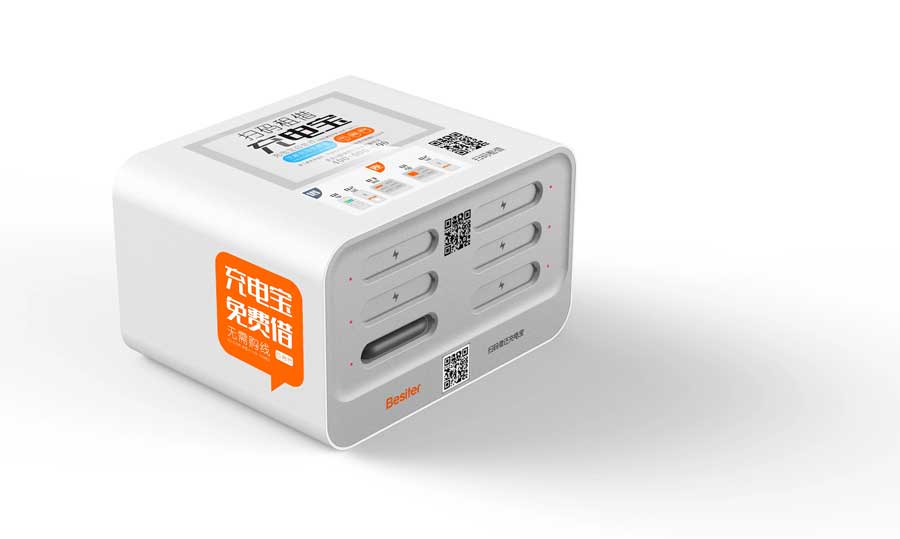
Stations often come with their own software, but it generally needs to be tweaked. You should be ready to invest in software for your charging stations, as you’ll need to customize it for your target market. Software customization includes customizing the location, language, and other nuances.
Power banks usually come in a bundle with the charging station, so you’ll likely purchase them with your stations. However, you need to consider the risks: your power banks may be stolen, lost, or damaged, so you’ll need to invest in their replacement and maintenance.
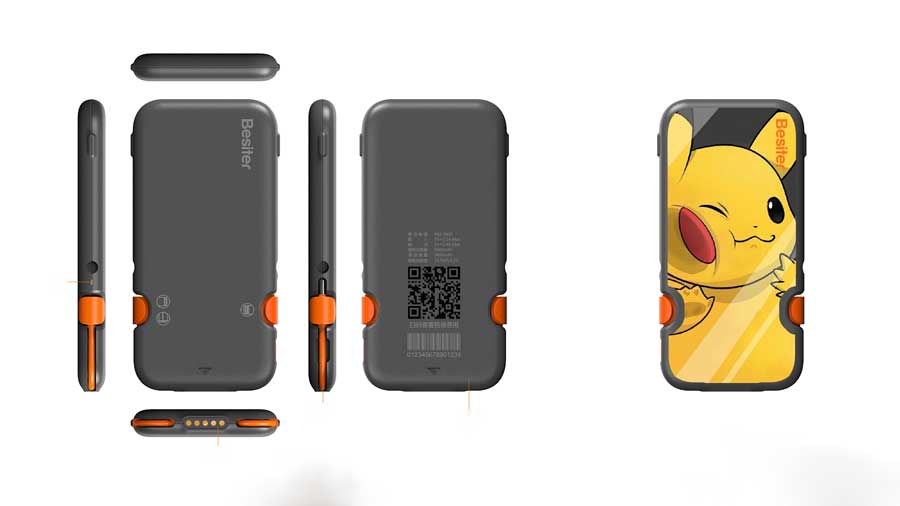
A power bank sharing app for end users is another thing you’ll need to invest in. This customer-facing app facilitates the whole user journey: finding a station, taking a power bank, paying for its rental, and returning it.
An admin panel is the part of your software’s back end that ties together all parts of your system and allows you to manage users, see statistics on your app usage, and get notified if a station or power bank needs maintenance. You can give your employees access to the admin panel so they can provide support to your users.
How to create a power bank sharing app
A power bank sharing app gives users access to your service and provides you with a way to communicate with your customers. Let’s analyze what features you’ll need to implement in your app, then discuss the technologies you can use for power bank sharing app development.
Must-have features
Registration and onboarding
Allow your users to register in different ways. It’s a common practice to let users choose between registering via email, phone, or a social media account. Make the registration process as quick as possible: you can request additional information later.
After a user has registered, provide them with a short tutorial on how to use your app. This onboarding process will familiarize users with your app.
Personal profiles
A personal profile usually contains information about the user, payment information, and bonuses, if your app has any. To make the app interface more functional, you can also add settings, contacts and other information into a personal profile. This will save place for more important features on the app screen.
Make sure you put the most important features on the main screen for fast access: features like settings or credit cards can be placed in a personal profile
Payment gateway
Your users should be able to pay for power bank rentals from your app. For this, you need to integrate a payment gateway. We usually advise Stripe, Braintree, or PayPal, but there are dozens of payment providers to choose from. You can go with a local payment gateway that has options suitable for your audience.
Some power bank sharing apps have their own internal currencies or have an in-app balance that the user needs to replenish. This may be the best option, as a payment gateway will take a fee for each transaction, affecting your revenue.
Maps and geolocation
This is one of the most important features in your app, as it allows users to find your power bank charging stations, rent power banks, and return them. You can integrate Google Maps or Apple Maps, depending on the platform, and customize your maps according to your UI style.

It’s important to add a route feature so users can find their way to a station.
Available stations
Available stations should be displayed on the map, and tapping on a station should show information about it: for example, whether it has fully charged power banks. When a user needs to return a power bank, you should show only stations that have free slots.
QR code scanner
A QR code scanner will help your app determine which power bank station a user is at so it can send a request to it to release a power bank.
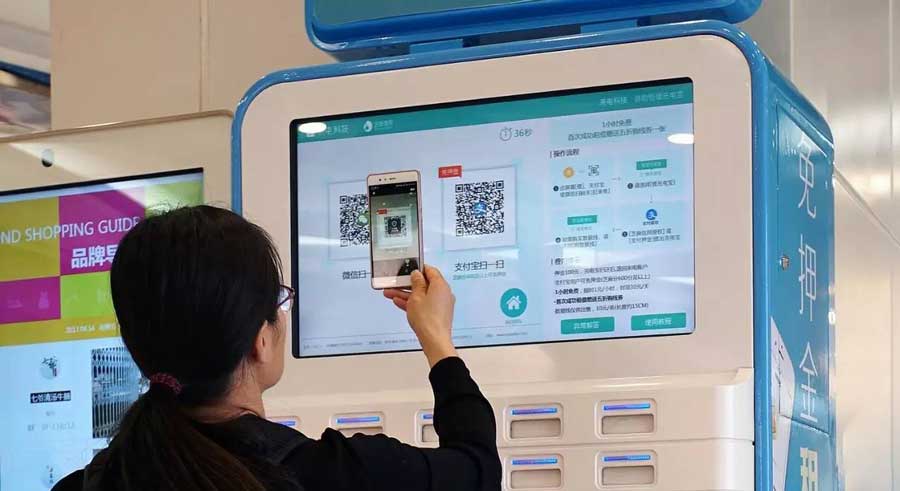
Loyalty program
To stay competitive and turn your first-time customers into regulars, it’s important to offer more than just your service. A loyalty program allows users to collect bonuses and use them for future rentals.
You can also gamify the user experience to encourage rentals and offer benefits.
Battery return feature
It’s easy to lose or forget a power bank, so make sure you have a separate budget for replacing lost batteries. However, you can reduce their number significantly by encouraging users to return lost batteries to stations in exchange for bonuses.
Technology stack
Mobile app
For a client-facing mobile application, we suggest Flutter as the main technology. Why Flutter? It’s a cross-platform framework that allows you to create a single app for Android and iOS while being very close performance-wise to high-quality native technologies.
This makes Flutter a perfect option for developing a power bank sharing app. Its high performance and widgets allow you to get a smoothly working application fast.
Using Flutter speeds up development by 150% compared to the time you’d spend developing separate apps for both Android and iOS.
Back end
For the back end of your power bank sharing app, we suggest these technologies:
- Laravel / PHP
- Node.js
- MySQL
- MQTT
- Redis
MQTT, or Message Queueing Telemetry Transport, is a lightweight network protocol that’s widely used in IoT app development to transport messages between devices. This is a protocol that power banks use to communicate with servers and that allows you to see power bank information in an admin panel.
Steps for creating a power bank sharing app
Now let’s talk about the steps you need to take to launch a power bank sharing app.
Step 1. Choose a software development company
If you want to outsource mobile app development to save money on marketing or hardware, you’ll need to choose a reliable vendor — and it’s important that they have experience in creating a power bank sharing platform. We advise you to interview 3 to 10 companies and choose the one you’re most comfortable communicating with.
Step 2. Create a technical specification
At this point, you don’t need anything but a vision for your startup: the rest will be taken care of by a business analyst who extracts requirements from you during an interview and finds out what features you’ll need to achieve your business goals.
After the goals are clear, your business analyst should create a technical specification with wireframes, a user experience design, and a detailed estimate. This is the main document for your project that will guarantee you get exactly what you expect.
Often, during the discovery phase, the designer also creates a concept design for your app.
Step 3. Choose a power bank sharing station supplier
There are lots of suppliers of power bank stations, and it’s important to choose one before you begin app development, as you’ll need to develop an app that’s compatible with your stations. We can help you choose the most reliable vendors that provide stations at a fair price.

Step 4. Develop and launch an app
After all that is set, it’s time to develop your app. Programmers will set up the environment and servers, create the architecture for your app, and develop your app according to the technical specifications. Quality assurance usually happens simultaneously with the development process so that it’s easier to notice any flaws and fix them right away.
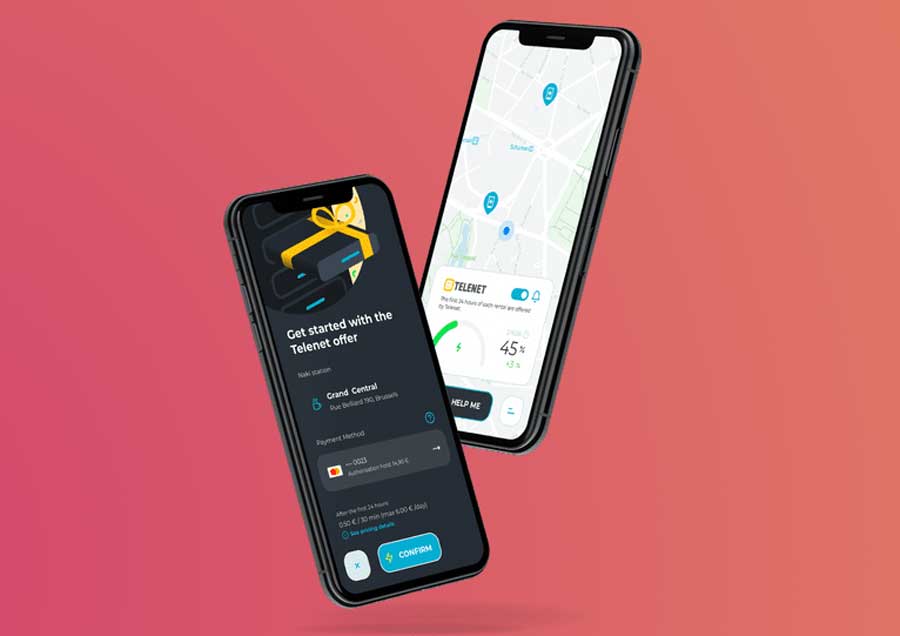
If you choose Flutter for development, your programmers will need some time to adjust the app for each platform and then release it according to the app store’s policies and requirements.
Step 5. Maintain and support your app
After the release, you’ll still need to spend time and money on support, so you should include it into your power bank rental company expenses. Maintaining an app includes updating it to run on the latest operating system versions, fixing any inconsistencies, updating third-party services and libraries, and so on.
Maintenance is crucial if you want your app to stay relevant and get positive reviews on the app stores.
Wrapping up
Power bank sharing is a great business opportunity that doesn’t require massive investment, unlike other sharing economy startups like carsharing and scooter sharing. To launch a power bank startup, you’ll need to:
- Create a power bank rental business plan
- Choose a power bank station supplier
- Purchase power bank stations
- Choose an app development vendor
- Create an application for users
- Create or customize a station app
- Arrange locations for stations
- Set up customer support
- Plan and launch a marketing campaign
- Maintain and support your equipment
At Mobindustry, we have experience launching power bank sharing applications. You can trust us with both software development and business recommendations. If you want to learn more about our expertise, download our presentation on launching a power bank sharing business and contact us for a preliminary estimate.


